Cement, the backbone of every building project has suddenly become one of the most expensive commodities in Nigeria’s construction industry. Over the past year, Nigerians have watched the price of cement rise dramatically, disrupting housing plans, slowing down construction work, and driving up rental costs across major cities.
In early 2023, a 50kg bag of cement sold between ₦4,500 and ₦5,000 in most markets. Today, depending on the brand and location, that same bag costs between ₦9,500 and ₦10,500, with some remote areas recording even higher prices.
Dealers and builders have attributed this increase to several key factors, including rising transportation costs, foreign exchange volatility, the high cost of gas used in production, and the inflation that has affected almost every sector of Nigeria’s economy.
For developers and construction companies, the implications are serious. Projects that were budgeted and planned months ago now require significant financial adjustments.
Many sites have slowed down, while others have been temporarily suspended due to inflated material costs. For homeowners and aspiring buyers, the story is even more discouraging. As building costs rise, so do property prices and rents.
A three-bedroom bungalow that could have been completed for ₦15 million a year ago may now require over ₦27 million, an increase that makes home ownership even further out of reach for many Nigerians.
The question that has been begging for answers right now is, behind the numbers, what is driving this cost?
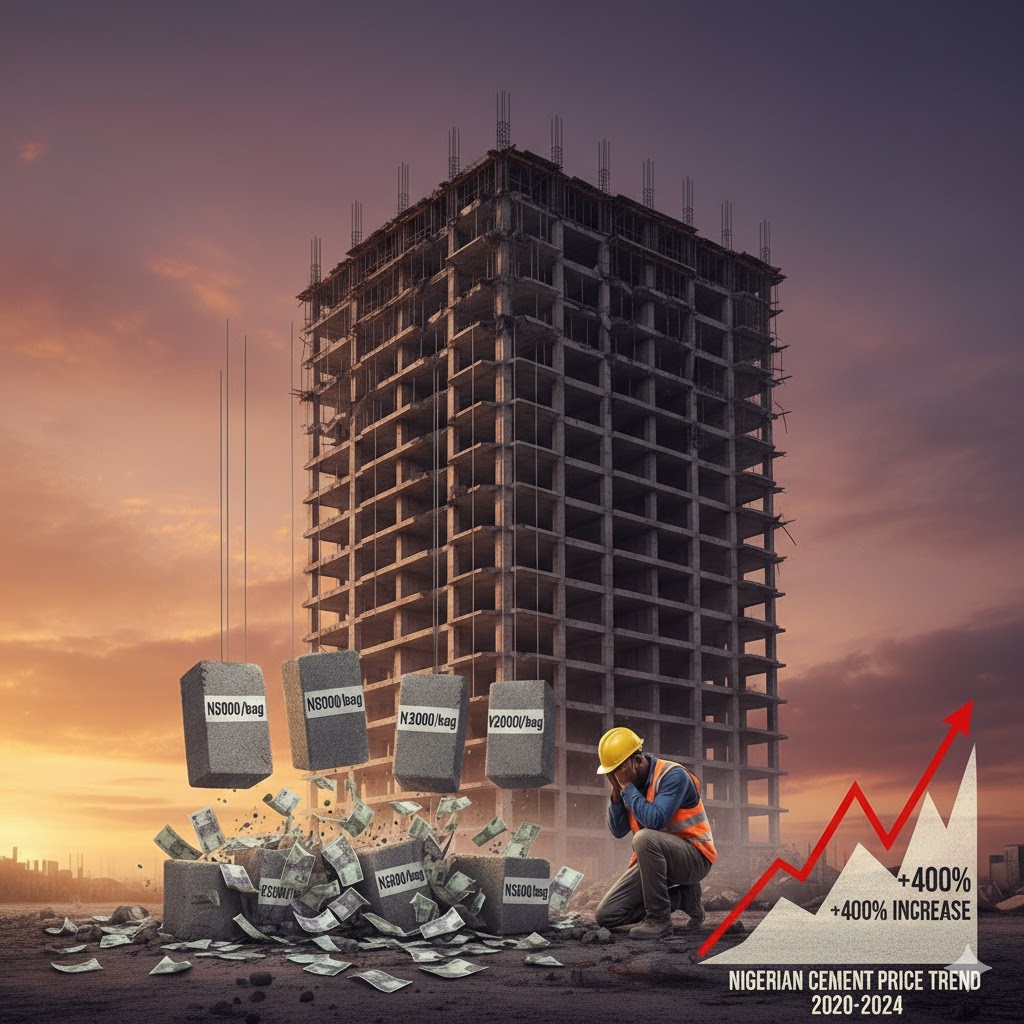
The Economics of Cement: Why Prices Keep Climbing in Nigeria
The rising price of cement in Nigeria is not a sudden or isolated event. It is the outcome of several interconnected economic and industrial challenges that have built up over time. Understanding these underlying factors helps explain why construction costs keep increasing despite the country’s large cement industry.
1. Transportation Costs
Transportation plays a major role in determining cement prices because of the heavy nature of the product. A large portion of cement production in Nigeria is concentrated in a few industrial zones such as Obajana, Gboko, and Ewekoro. From these locations, cement must be transported by road to every other part of the country.
With the continuous increase in fuel and diesel prices, the cost of transporting cement from factories to wholesalers and retailers has skyrocketed. Poor road networks also slow down movement and cause more wear and tear on delivery trucks, further raising logistics costs. These expenses are eventually transferred to the final consumer, making each bag of cement more expensive than before.
2. Exchange Rate Instability
Although Nigeria produces cement locally, the industry still depends on several imported materials, spare parts, and machinery used in mining, grinding, and packaging. With the naira’s value fluctuating against major foreign currencies, particularly the dollar, these imported items become more costly.
Cement manufacturers are forced to adjust their production budgets frequently to keep up with changing foreign exchange rates. This instability affects long-term pricing plans and contributes directly to the frequent upward reviews of cement prices across the country.
3. Energy Costs
Cement production is energy-intensive. Manufacturers rely heavily on gas, coal, and electricity to power kilns that operate at extremely high temperatures. Over the years, energy costs in Nigeria have continued to rise due to inadequate power supply, the high cost of gas, and the dependence on diesel generators to sustain production.
As energy takes up a major share of production expenses, any increase in the price of gas or electricity translates immediately to higher costs per bag. This situation has made it difficult for producers to maintain stable prices, especially when government energy policies or international gas prices fluctuate.
4. Inadequate Local Supply
Nigeria’s cement production capacity is among the highest in Africa, but the local demand for cement often surpasses the actual supply available in the market. Rapid urbanisation, population growth, and increased government infrastructure projects have created a strong and consistent demand for cement.
However, when production fails to meet this growing demand due to maintenance shutdowns, factory disruptions, or supply chain bottlenecks, scarcity arises.
In such situations, distributors and middlemen sometimes exploit the gap by hoarding products or inflating prices to maximise profit. This artificial scarcity worsens market instability and makes price regulation more difficult.
Ripple Effects Across the Economy
The rising cost of cement doesn’t only affect builders, it impacts everyone. Higher cement prices mean more expensive homes, higher rent, reduced employment for construction workers, and slower infrastructure development.
Government housing projects and private real estate developers now face tighter budgets and longer completion timelines, while low-income earners are being priced out of both the housing and rental markets.
What Can Be Done?
Experts suggest that the federal government must take proactive steps to stabilise the industry. These may include providing incentives for cement producers, reducing import tariffs on production equipment, improving transport infrastructure, and encouraging competition to reduce monopoly pricing.
In addition, greater investment in local raw material extraction and alternative building technologies could help bring down construction costs over time.
Final Thoughts
The rise in cement prices has made building and housing more expensive in Nigeria. Many builders, landlords, and families are finding it harder to complete projects or start new ones. Even though the situation is tough, things can still improve if the government works on better roads, supports local production, and makes energy more affordable.
At MyPlace.ng, we’ll keep sharing updates that help you understand changes in the housing and property market. The more you know, the better your decisions will be in building, renting, and investing.
However, we must reiterate that the information in this article is based on current market reports at the time it was written. Cement prices and other costs can change from place to place and over time. Please confirm prices in your area before making any purchase or investment

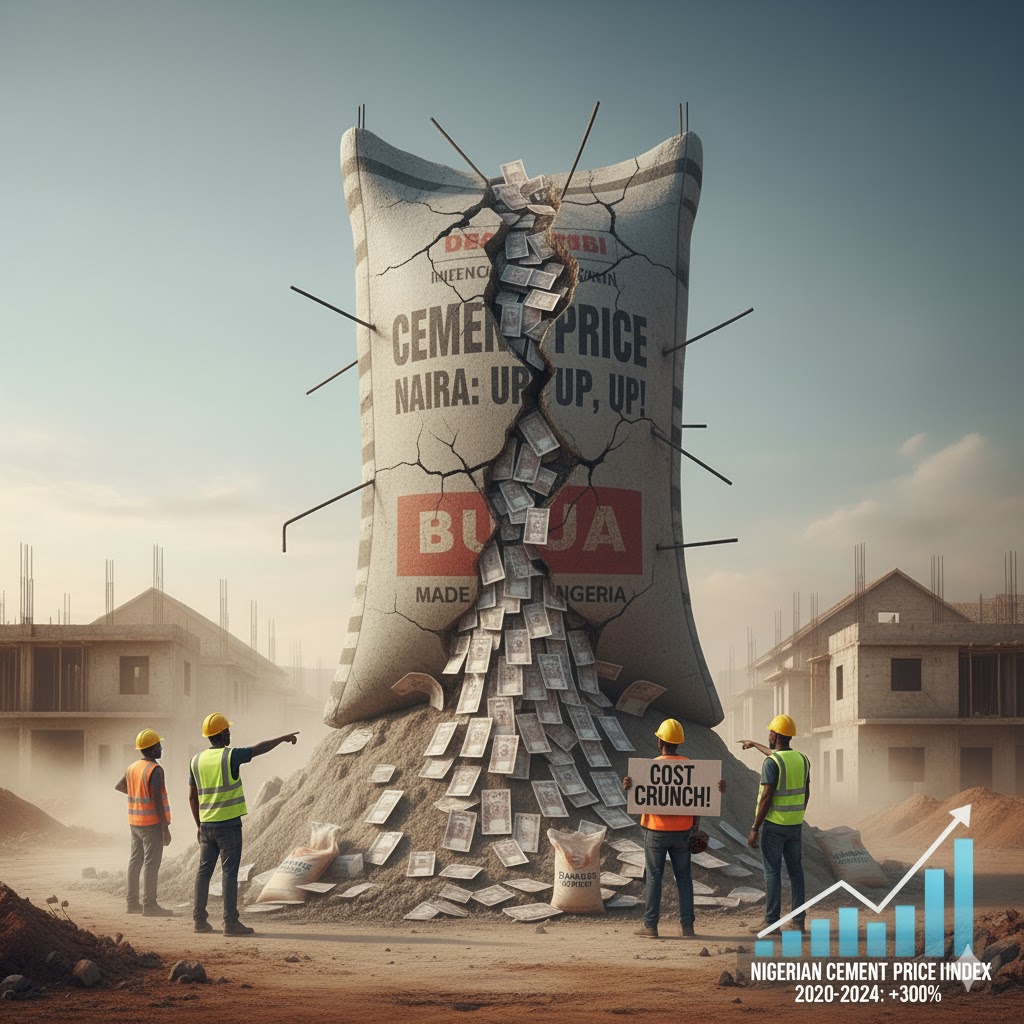


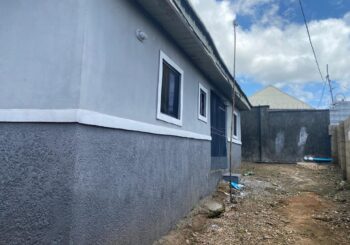



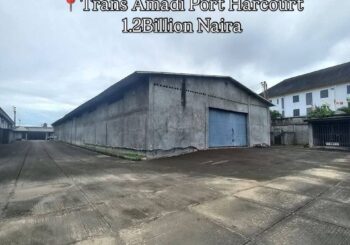
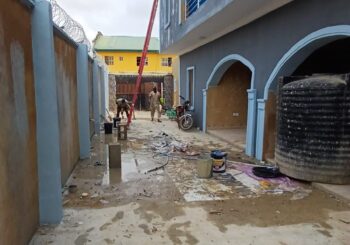
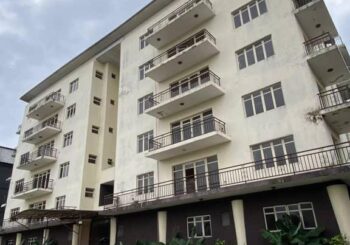

Leave Your Comment